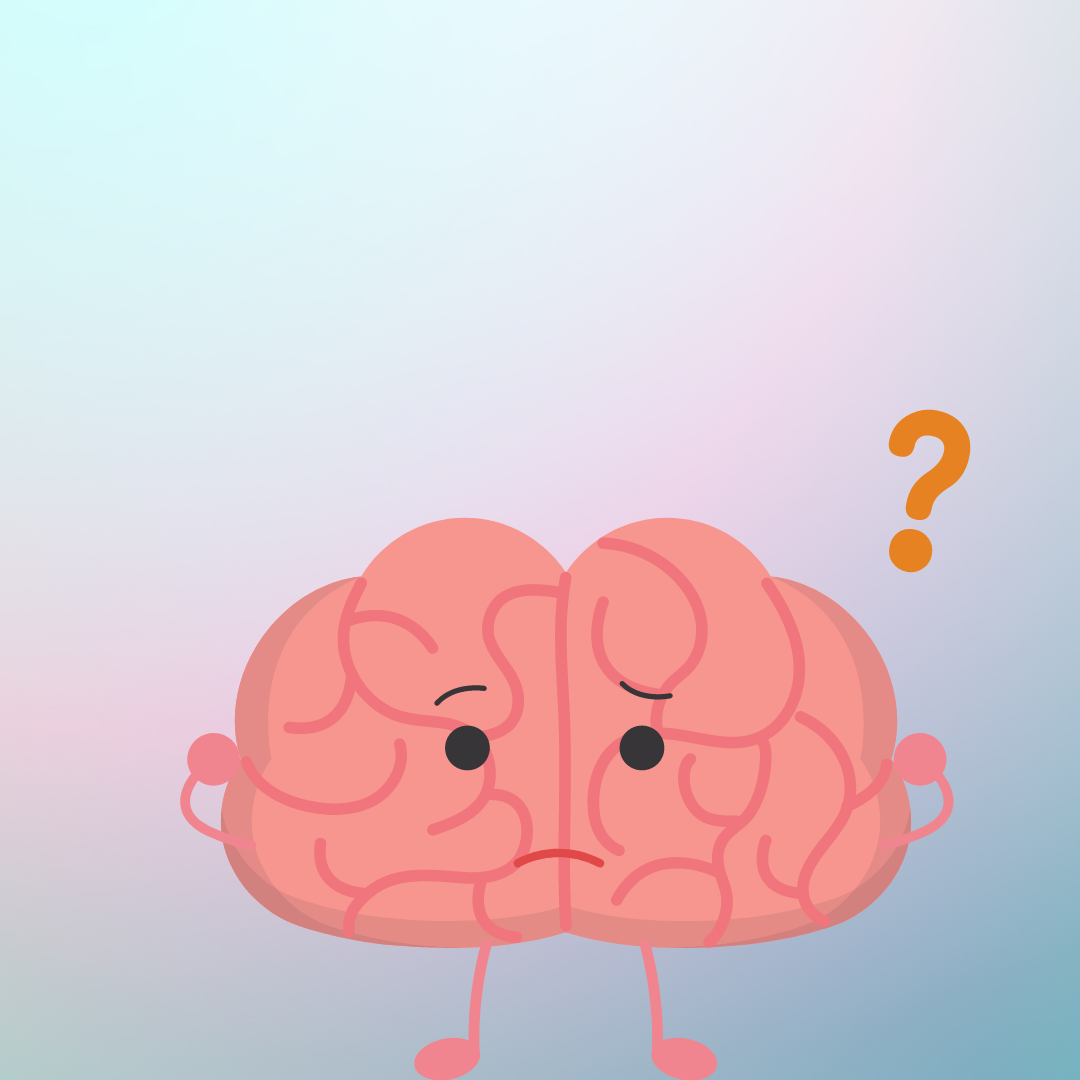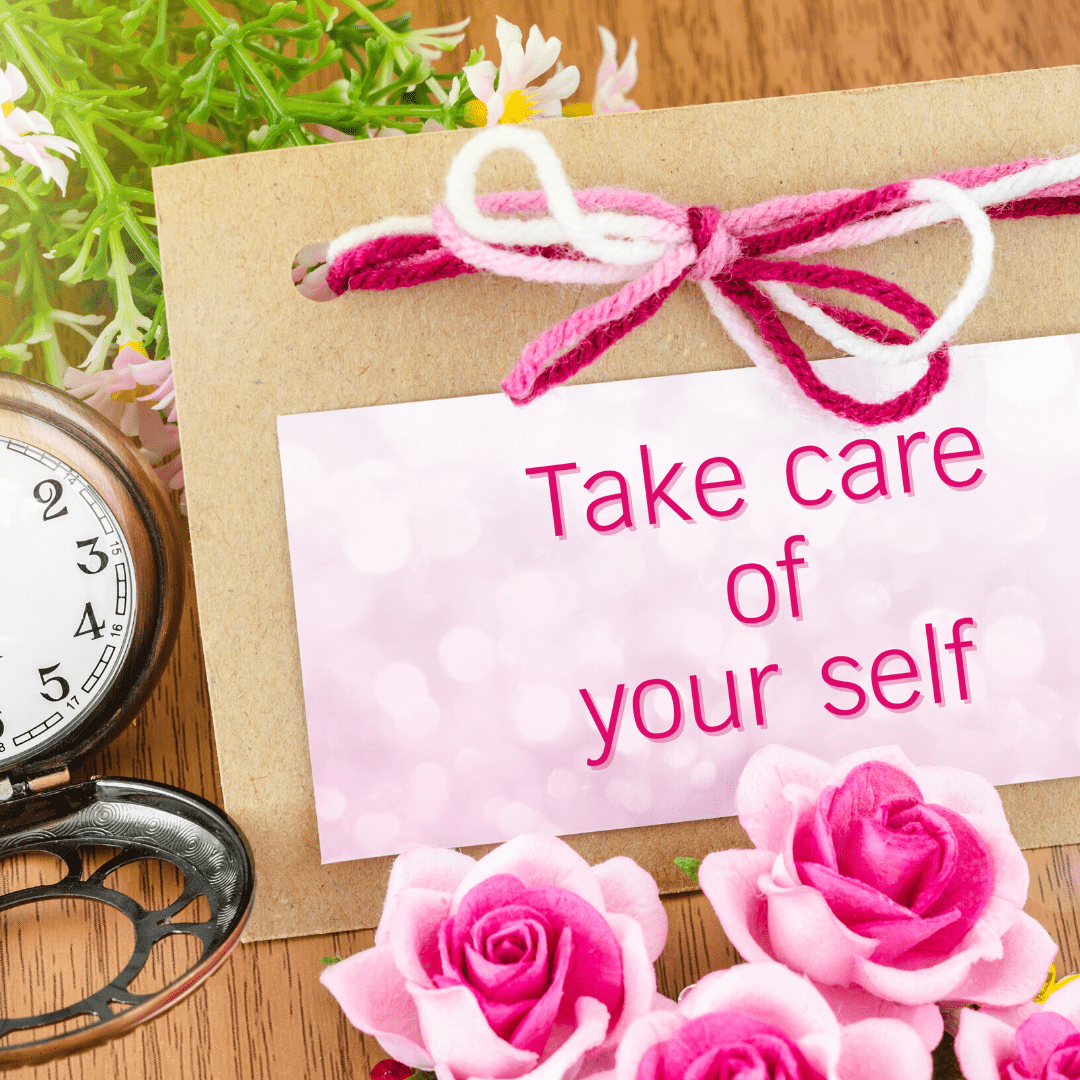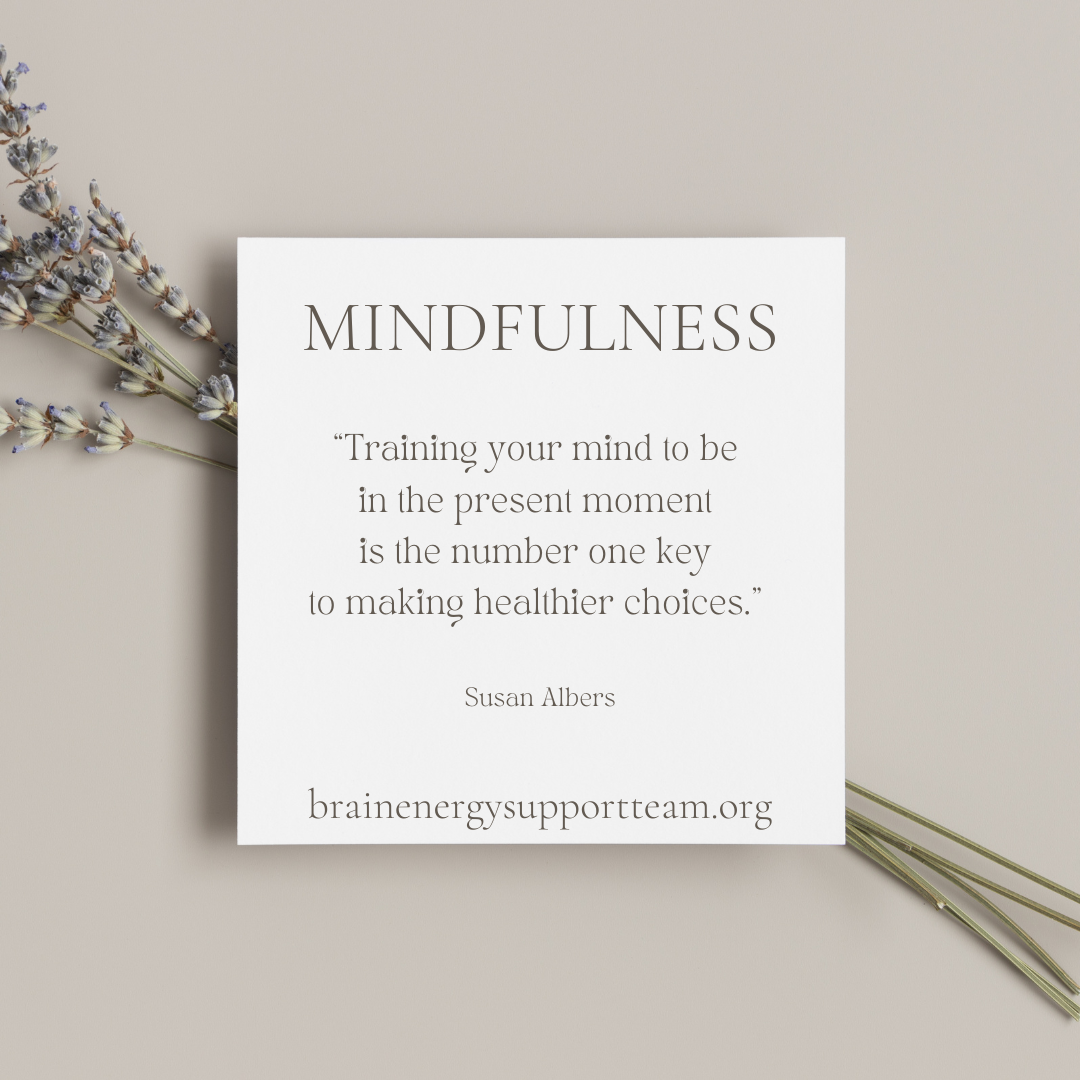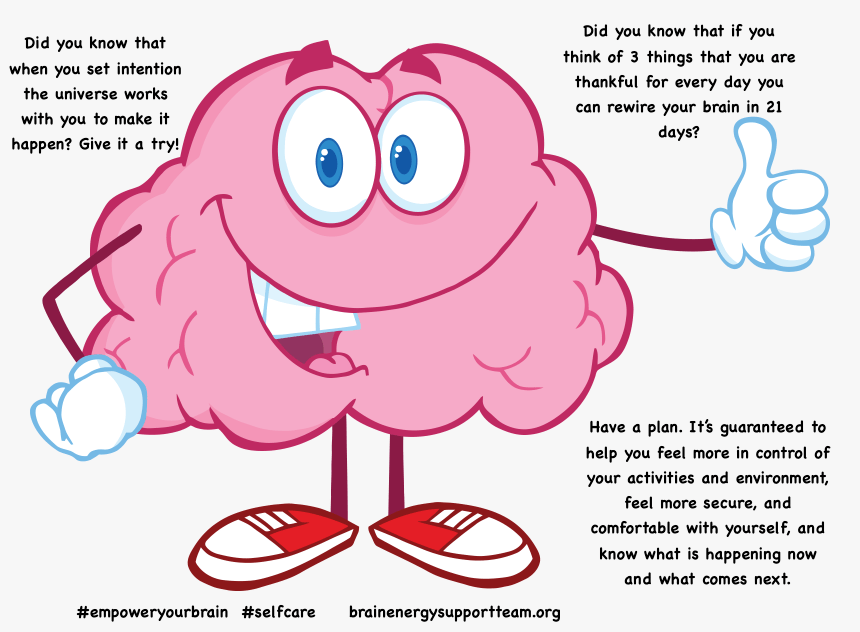Today our #MindfulMonday focus is a body scan exercise. This simple exercise can be done frequently as you want. As you get to know yourself and become more familiar with what is happening in your body you will be able to better explain things when you meet with your health care practitioner.
This exercise is usually done lying flat on your back with your arms to your sides. You can lie on your bed or comfortably on the floor. You can also do this seated in a comfortable, but supportive chair with your feet flat on the floor and your hands resting in your lap. you want to be as comfortable as possible.
For each step of this exercise, spend a minute or two paying attention to how each part of your body feels. Is there any pain, soreness, stiffness, tingling, or other sensations? Make note of any areas of your body where you don’t feel any sensations at all or that may be hypersensitive. The entire exercise takes about 20 to 30 minutes to complete.
Step 1 – Start by relaxing your body and paying attention to your breathing. Notice the rhythm of each breath and how deep or shallow your breath is. Don’t change the way you breathe. Simply pay attention and experience breathing.
Step 2 – Begin to focus your attention on how things feel. What does the texture of your clothing feel like against your skin? Are your socks warm? Does the carpet feel fuzzy beneath your feet?
Step 3 – Pay attention now to each part of your body, starting with your feet. Focus on any sensations you have in your toes, the arch of your foot, your ankles. Do you feel any tingling, soreness, or stiffness? Is there an absence of sensation?
Step 4 – How do your legs feel? Again, pay attention to any sensations, pain, or sensitivity you may be feeling. Do your legs feel cramped or heavy? Do they feel strong?
Step 5 – How do your knees feel? Do they feel tight? Are they sore? Do they feel stiff or comfortable?
Step 6 – How do your thighs feel?
Step 7 – Pay attention now to your and hips, buttocks, tailbone, pelvic bone, genitals.
Step 7 – How does your abdomen feel? Are you feeling gassy or is your stomach upset? Are you feeling hungry? What about your skin? How does your clothing feel against your skin?
Step 8 – How does your chest feel? Do you feel the beating of your heart? Pay attention to the rhythm of your heart. Notice, too, the rhythm of your breathing.
Step 9 – How does your back feel? Is there soreness in your lower back? Do your shoulders feel heavy or light? As in the previous steps pay attention to any sensations, soreness, stiffness, pain, or sensitivity you may or may not be feeling.
Step 10 – Pay attention to your hands. How do your fingers feel? Are there any sensations in any of the joints? How do your palms feel? What about the back of your hands and your wrists?
Step 11 – How do your arms feel? What sensations, if any, are you experiencing in your lower arms, elbows, and upper arms?
Step 12 – Now pay attention to your neck. Do you notice any sensations; tingling, soreness, ease of motion?
Step 13 – How does your head feel? Your face? Let your attention scan over your jaw, your lips, nose, cheeks, ears, and eyes. How does your forehead feel? How does your scalp and top of your head feel?
Step 14 – Allow yourself to sit for a moment. Slowly open your eyes. If you did this body scan lying down take a moment or two to comfortably sit up.
At this point, you should feel relaxed and have a better sense of how each part of your body feels. As you do this exercise more often you will be able to notice changes in your body that will help you better manage your wellbeing interact with your health care provider.
If you would like to do this as a guided exercise watch this video narrated by Jon Kabat Zinn.






